43+ SAMPLE Training Proposal Format
-
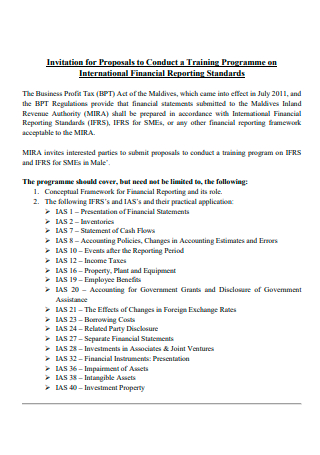
Accounting Training Proposal Format
download now -

Research Training Proposal Format
download now -

Hospitality Training Proposal Format
download now -
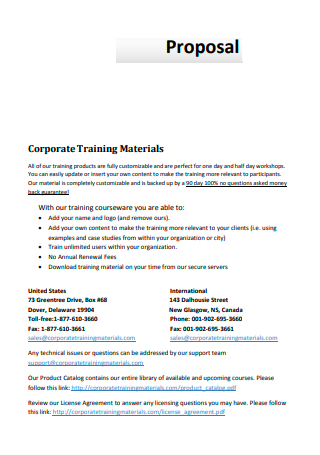
Corporate Training Proposal Format
download now -
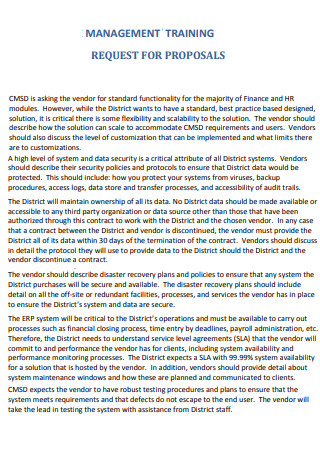
Management Training Proposal Format
download now -
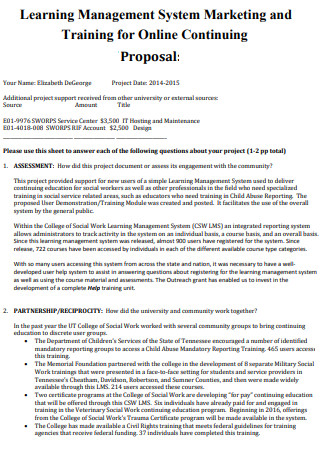
Learning Management System Training Proposal Format
download now -
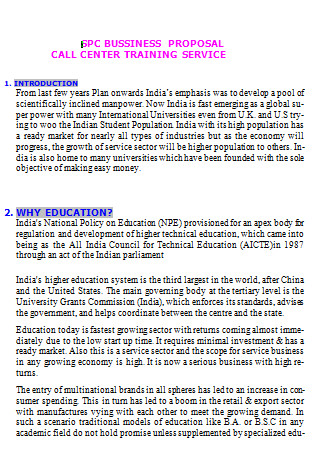
Call Center Training Proposal Format
download now -
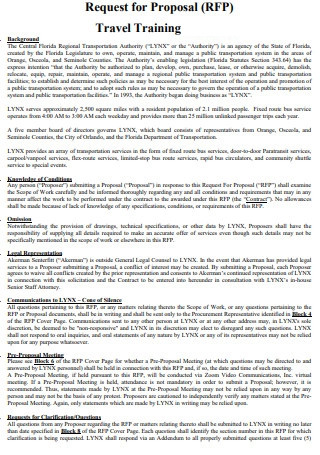
Travel Training Proposal Format
download now -
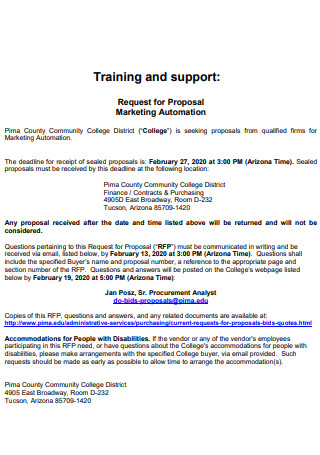
Marketing Automation Training Proposal Format
download now -

Medical Training Proposal Format
download now -

Educational Training Proposal Format
download now -
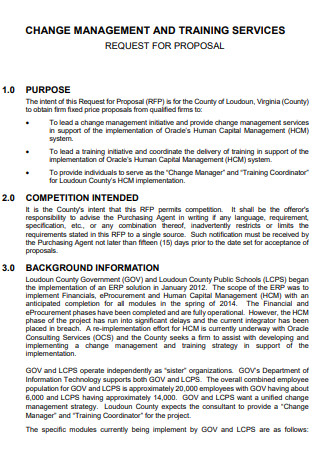
Change Management Training Proposal Format
download now -
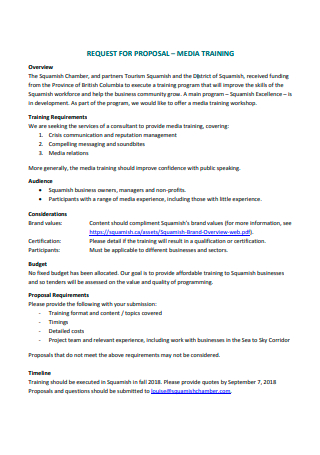
Media Training Proposal Format
download now -
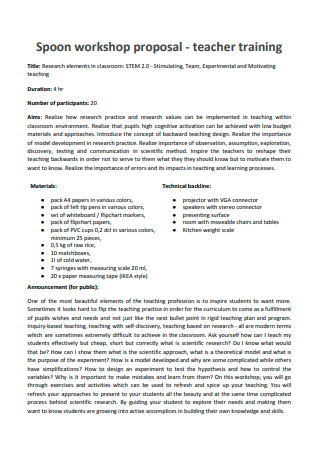
Workshop Training Proposal Format
download now -
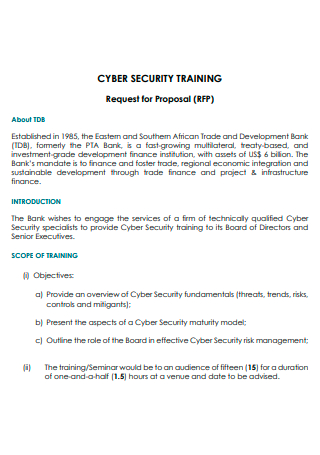
Cyber Security Training Proposal Format
download now -
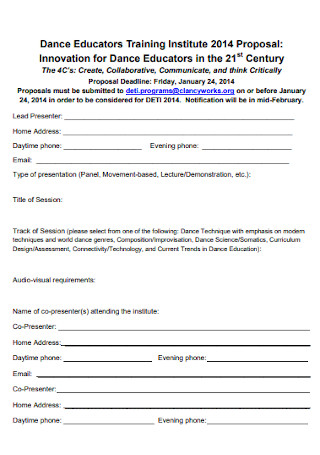
Dance Training Proposal Format
download now -
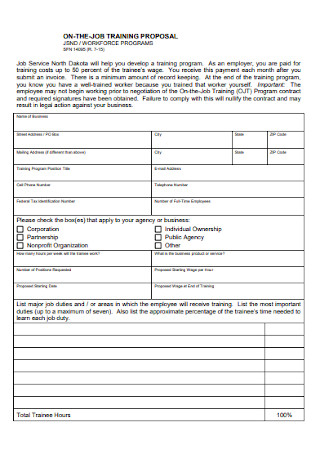
On Job Training Proposal Format
download now -

Training and Consulting Proposal Format
download now -
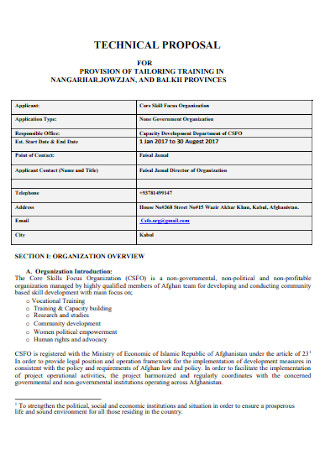
Tailoring Training Proposal Format
download now -
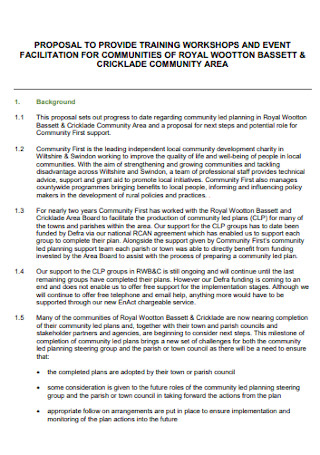
Event Training Proposal Format
download now -

Training Plan Proposal Format
download now -

Fellowship Training Grant Proposal Format
download now -

Training Proposal Format
download now -
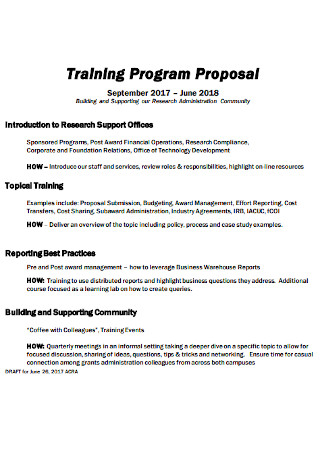
Training Program Proposal Format
download now -
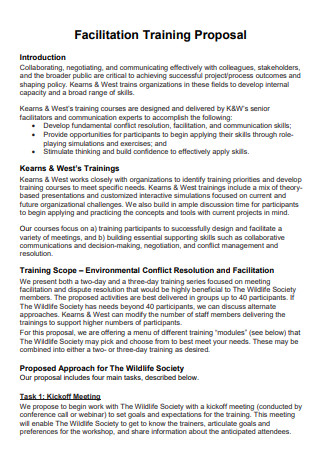
Facilitation Training Proposal Format
download now -

Strategic Training Proposal Format
download now -
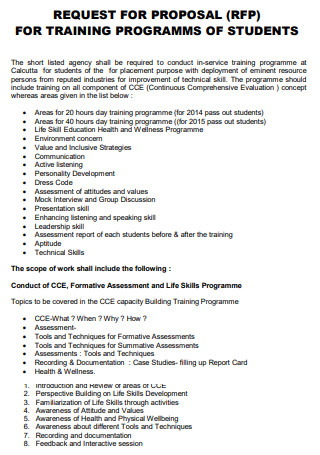
Students Training Proposal Format
download now -
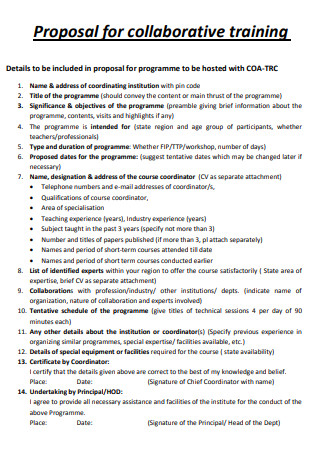
Collaborative Training Proposal Format
download now -
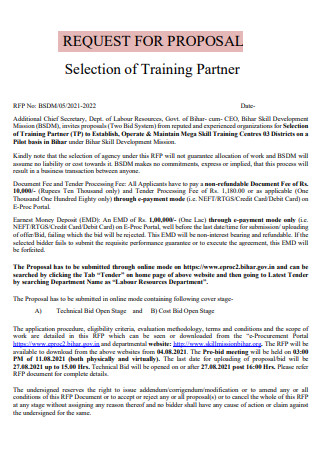
Training Partner Proposal Format
download now -
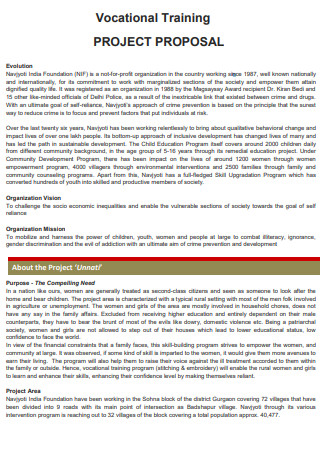
Training Project Proposal Format
download now -
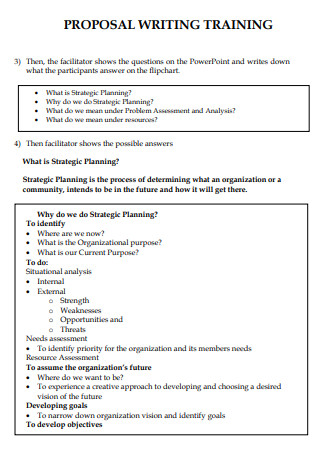
Training Writing Proposal Format
download now -
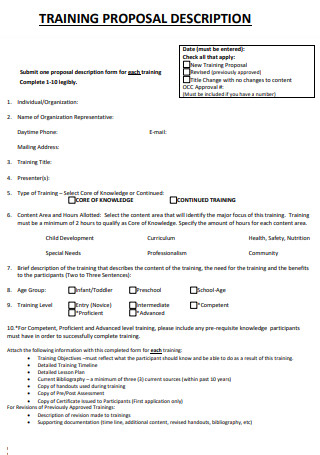
Training Proposal Description Format
download now -
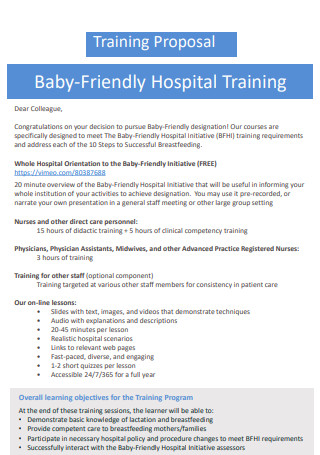
Hospital Training Proposal Format
download now -
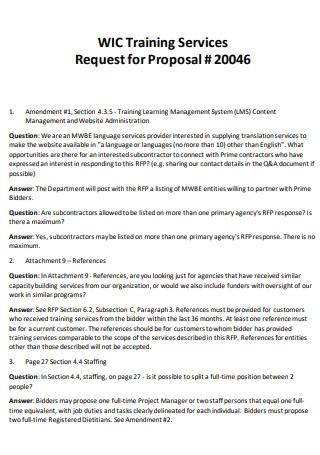
Training Services Proposal Format
download now -
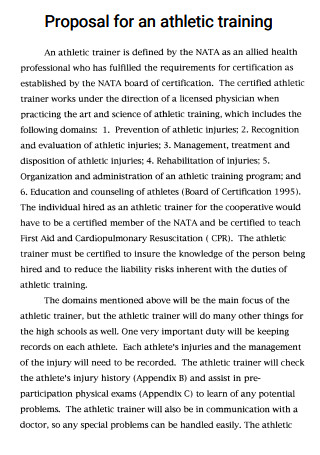
Athletic Training Proposal Format
download now -
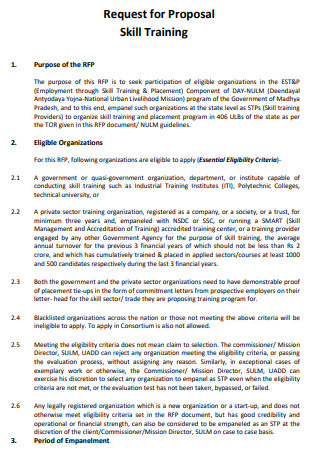
Skill Training Proposal Format
download now -
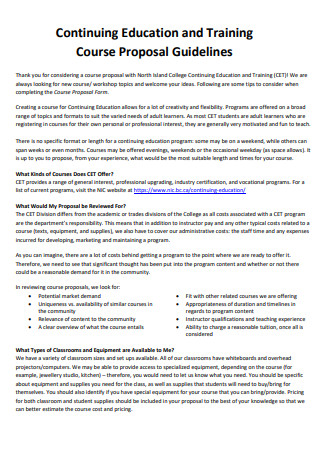
Training Course Proposal Format
download now -
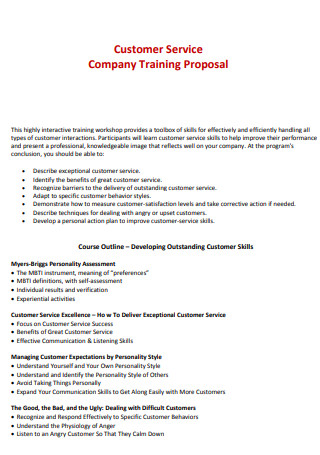
Company Training Proposal Format
download now -
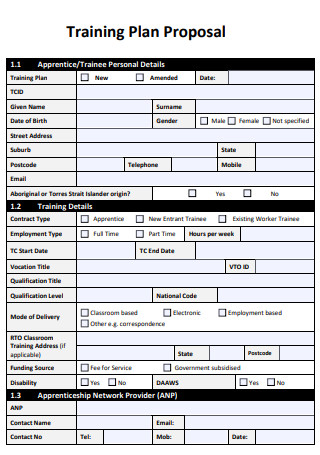
Training Plan Proposal Format
download now -
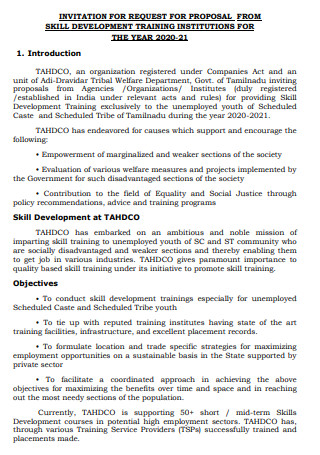
Training Institution Proposal Format
download now -
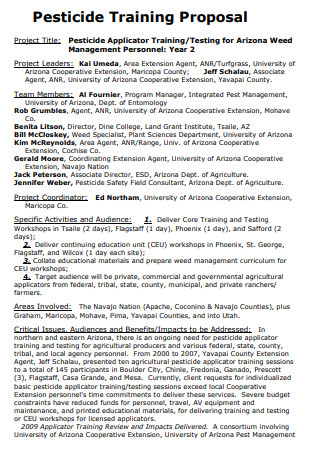
Pesticide Training Proposal Format
download now -
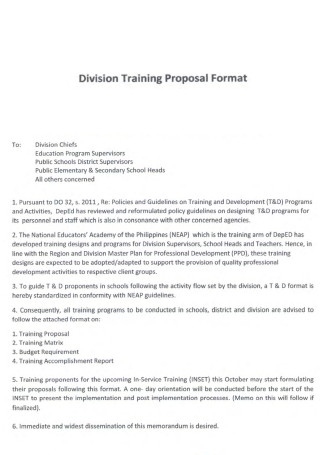
Division Training Proposal Format
download now -
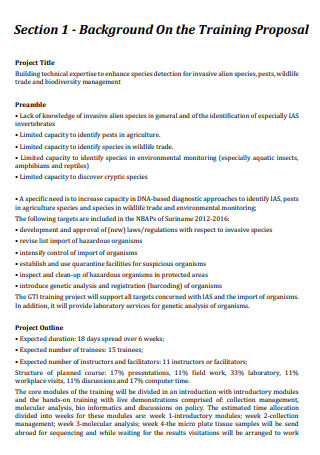
Background on Training Proposal Format
download now -
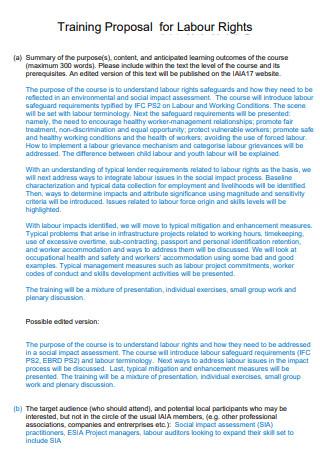
Training Proposal for Labour Rights Format
download now
FREE Training Proposal Format s to Download
43+ SAMPLE Training Proposal Format
What Is a Training Proposal Format?
Sample Training Programs
Importance of Training and Development
How to Create a Training Proposal Format
FAQs
How do you write a training proposal?
What is a training program proposal?
What is the format of a proposal?
What Is a Training Proposal Format?
A training proposal format is a structured and formal proposal that aims to advance the training and development of an organization’s employees or manpower. The training may target a specific skill set, cover a particular topic and may have multiple and varying objectives.
According to an online article by Kaltura, there are several different types of corporate trainings. These are basic skills training, soft skills workshops, compliance or government training, on-boarding, job-specific skills training, capsule training or DIY training and knowledge sharing.
Sample Training Programs
Different organizational structures and hierarchies prioritize different values and goals. For example, more corporate-oriented groups tend to value sales, customer relationship management, etc. While more civic groups or even public institutions often target community development and leadership. These values usually dictate the kind of training that a company or an organization may invest in for the development of their workforce. The following examples below are some common training programs that companies encourage (or even require) their employees to join.
Importance of Training and Development
As mentioned earlier, the importance of training cannot be stressed enough especially in the professional world. One may have the innate talent or makings of success, but without the right training and hard work to bring out and refine these gifts, it may not be fully realized, shared or it could even end up being wasted. The examples listed below are some of the main benefits that highlights the importance of training in any field or aspect of an individual’s life.
How to Create a Training Proposal Format
To create a training proposal, you need to have a clear objective as well as the right strategies to execute your objectives. The format of your proposal may vary depending on the needs and goals of your training. However, there are certain steps you can take to create a more structured and organized training proposal. Simply keep the following guidelines in mind when crafting your proposal.
Step 1: Provide a Brief Overview
To open your training proposal, you might want to begin by offering a brief overview of your company or firm in relation to the need for training. Many independent training and development agencies offer curated or personalized proposals that are tailor-fit to suit the needs of their corporate clients. Especially if your client is new or still largely unfamiliar with your services, you want to take the opportunity to introduce yourself formally first before proposing any kind of program. Offering a quick but detailed summary of your organization or work experience can help ease the transition into a better professional relationship.
Step 2: Narrow Down the Objectives
The next step is to lay down the training objectives. Any proposal, regardless of its content, should always establish its goals at the beginning. Having objective goals makes it clearer to the reader or recipient of your proposal and it sets the stage for the rest of the proposal. Make sure these objectives are specific and targeted enough. You may incorporate figures or statistics in your goals, for as long as these can be measured and realized. It does not have to be lengthy or too complex; the important thing to keep in mind is that the goals are both feasible and relevant to the current needs of the organization.
Step 3: Enumerate the Cost and Benefits
Once you have covered your training proposal’s objectives, the next step is describing the cost and benefit of the program. It is important to place the two side-by-side for easier and more convenient decision-making. The number of costs and benefits will depend on you. You can identify several points for each. The key is making sure they are backed by facts or supported by evidence. Essentially, the tone of a proposal is persuasive in nature. Thus, you do not necessarily have to play up or down play either, but you ought to choose your language carefully and integrate the right supporting data that can back your claims. For instance, your training proposal centers on the updating of technical skills for operations personnel; determine the benefits that your personnel will be able to gain from the training. In the same way, make sure to sum up the costs of your training program as well. Include a detailed breakdown, if possible.
Step 4: Plan the Next Steps
Finally, a proposal must always contain detailed and concrete action. After you have identified the costs and benefits of the training program, the next step is to dedicate a section to your action plans. Make sure to include concrete and measurable action items. When charting your action plans, always keep in mind the training objectives. The action items you list should enable you to execute your objectives. In addition to strategies and actions, you can also incorporate a progress tracking tool that will help monitor the success or impact of your action plans.
FAQs
How do you write a training proposal?
To write a training proposal, you need to clear objectives, an action plan and an accurate evaluation of the training’s costs and benefits. If you need more detailed references, you can easily download an editable template from the selection above and customize it according to your needs.
What is a training program proposal?
A training program proposal is a written formal proposal that professional development firms or agencies pitch to companies and organizations with the aim of providing skills training, targeted workshops and the like.
What is the format of a proposal?
The format of a proposal can vary depending on your needs or preferences. However, the basic format of a simple proposal includes an introduction or overview, objectives, costs, benefits and concrete action items.
Training is a fundamental aspect in professional development. From corporate training to social development training to new hire on-boarding, it is all about preparing the individual to face challenges confidently and competently. Browse the wide selection of free templates above to get started on your own proposal!
